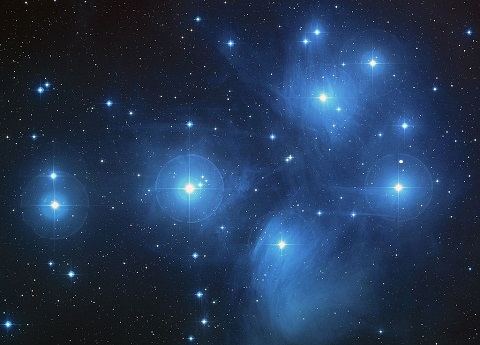Re: APOD: The Butterfly Nebula from Hubble (2017 Feb 08)
Posted: Thu Feb 09, 2017 11:28 pm
They would certainly come from the star. After all, when a planetary nebula is formed, half a solar mass of material or (much) more is typically ejected into space by the star.MarkBour wrote:I find this image truly sublime. The coloring and the detail of the flows are fantastic! It would make a great poster.
It is my assumption that the imaged clouds of the nebula are mainly composed of material ejected from the star. Or are they by chance, mostly material that was in space near the star that its explosive shock-wave is pushing?
But when stars are born, they often form small jets that hit the surrounding material and form bow shocks.
Newborn star with jets and bow shock (Herbig-Haro object).
(NASA, ESA, and M. Livio and the Hubble 20th Anniversary Team)
(NASA, ESA, and M. Livio and the Hubble 20th Anniversary Team)
This version of the same object as the one I posted a picture of clearly labels the bow shock a Herbig-Haro object (HH means Herbig-Haro).Wikipedia wrote:
Herbig–Haro (HH) objects are small patches of nebulosity associated with newly born stars, and are formed when narrow jets of gas ejected by those stars collide with nearby clouds of gas and dust at speeds of several hundred kilometres per second. Herbig–Haro objects are ubiquitous in star-forming regions, and several are often seen around a single star, aligned with its rotational axis.
But the Butterfly Nebula has no obvious bow shock. So we see no signs of surrounding matter that exists independently of the star being compressed by jets or outflows from the hot central star.
The Pleiades. NASA/ESA/AURA/Caltech.
Ann

